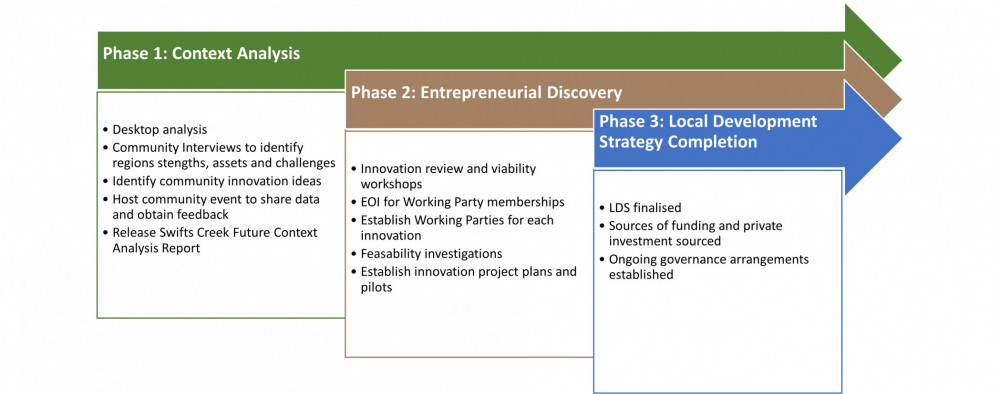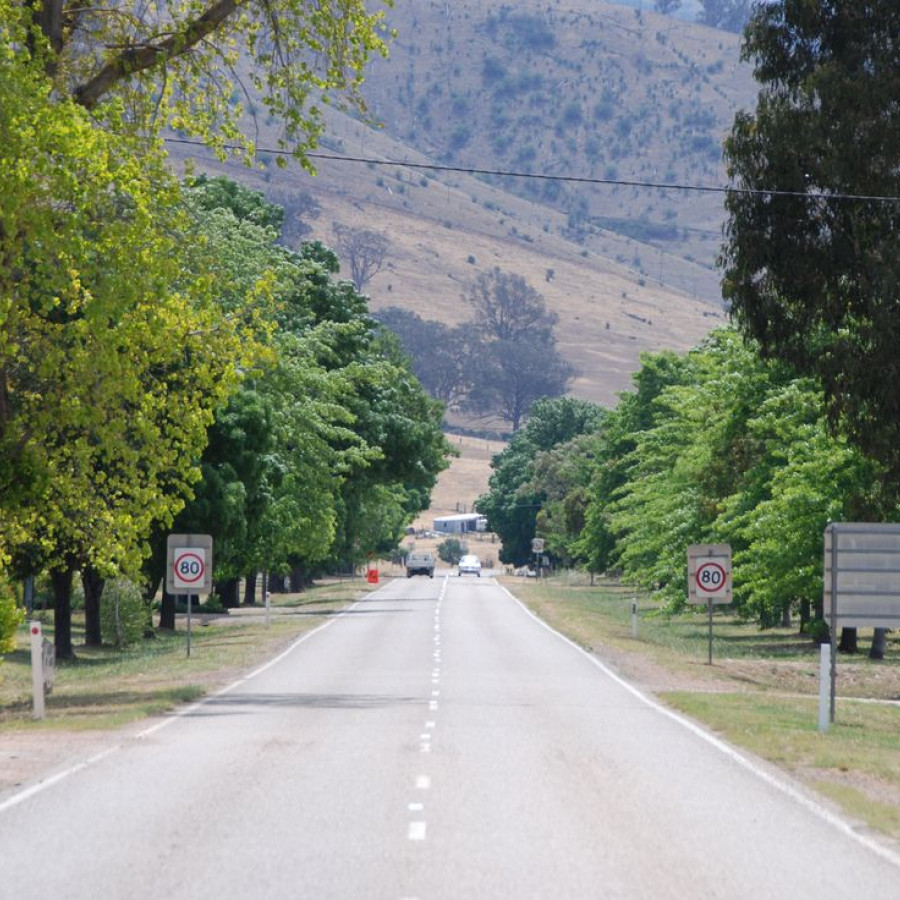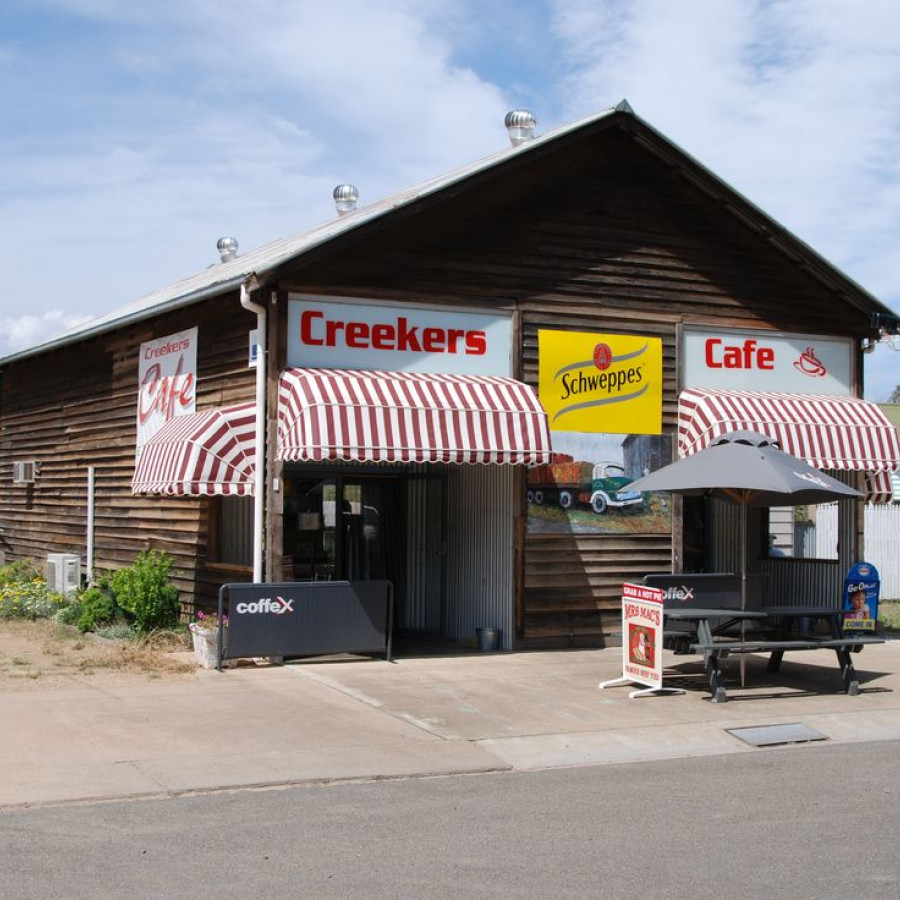Local Development Strategy process

Diagram 1: Three stages of the Smart Specialisation (S3) process.
Other LDS Community projects
Future of Yarram
Future - Orbost Region | Fresh air life in the heart of nature
Future of Heyfield
Future of Upper Yarra Community Project Yarra Ranges Council
Shaping the Future of Noojee (bawbawshire.vic.gov.au)
Future of Benalla & District | PEOPLE - DEVELOPMENT - OPPORTUNITIES
Upper Murray Local Development Strategy — Upper Murray Inc
Shaping Murrindindi's Future | An exciting opportunity for the community (shapingmurrindindisfuture.com.au)


